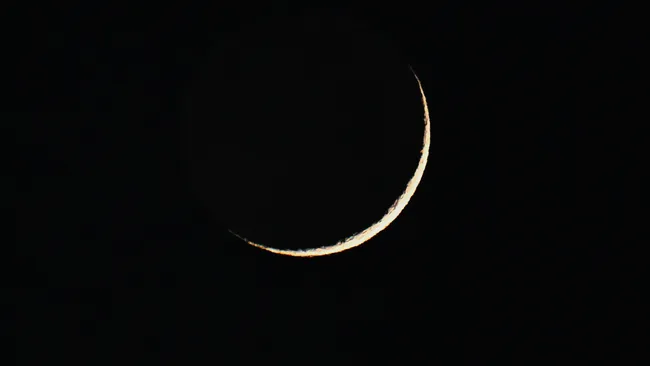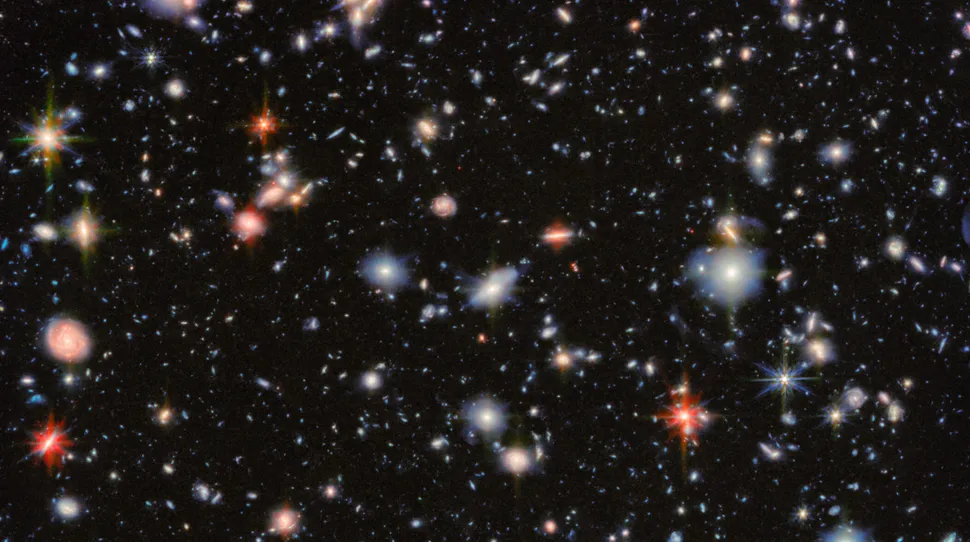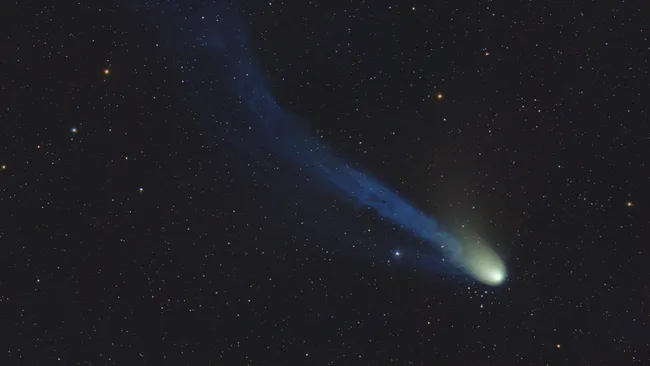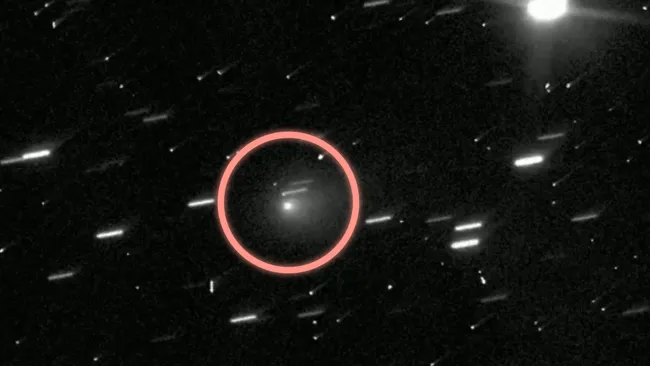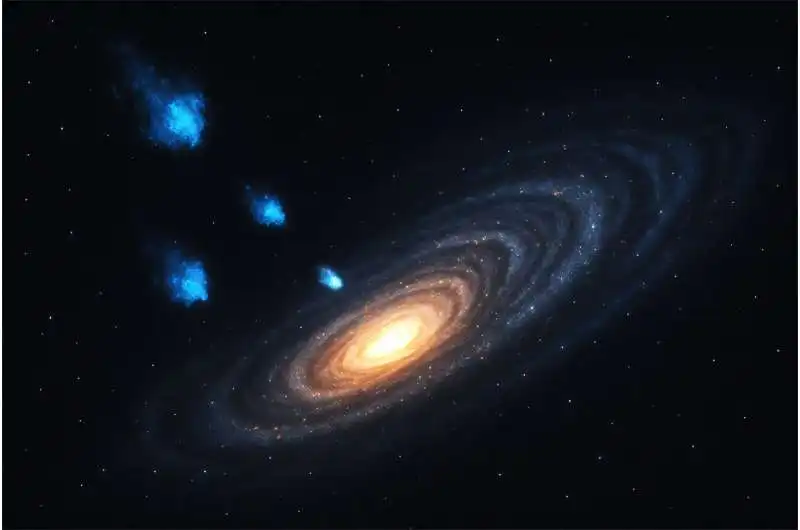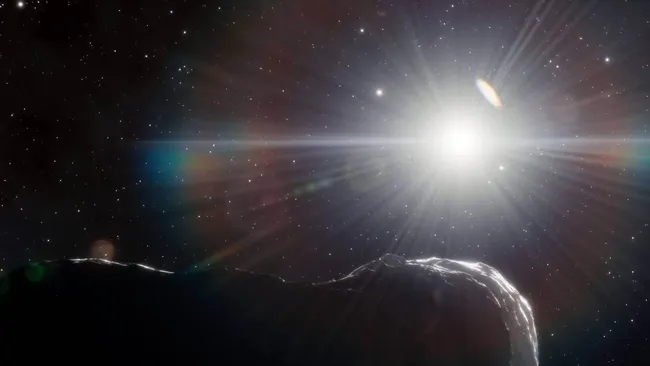Skywatchers are in for a treat this July 26 as the delicate crescent moon aligns closely with Regulus, the brightest star in the constellation Leo, in a striking but fleeting twilight show.
As the sun sets, look west to spot the moon’s razor-thin crescent — only about 7% illuminated — glowing just under 10 degrees above the horizon. Regulus, a blue-white stellar gem often dubbed the “Kingly Star,” will appear roughly 1 degree to the lower right of the moon’s glowing edge. The pair will fade from view just over an hour after sunset.
To help estimate the separation between celestial objects, hold your hand out at arm’s length: your pinky fingertip spans about 1 degree, and your clenched fist covers 10 degrees of the sky.
Spotting the moon might be tricky due to its slim phase and the bright twilight, but those who catch a glimpse may notice a subtle, ghostly glow illuminating the moon’s dark side — a phenomenon known as Earthshine, or the Da Vinci Glow. This soft radiance occurs near the new moon phase when sunlight reflected off Earth’s surface and clouds faintly lights up the lunar night side, revealing ancient lava plains etched in shadow.
By the evening of July 27, the moon will have moved on, drifting along the ecliptic path and setting its course toward a near encounter with Mars early next week.
Whether you’re a seasoned stargazer or a curious newcomer, this fleeting celestial moment is worth a look. For those interested in diving deeper into the night sky, check out our recommended telescopes and binoculars, and if you’re into astrophotography, don’t miss our guide to the best cameras and lenses for capturing the cosmos.

